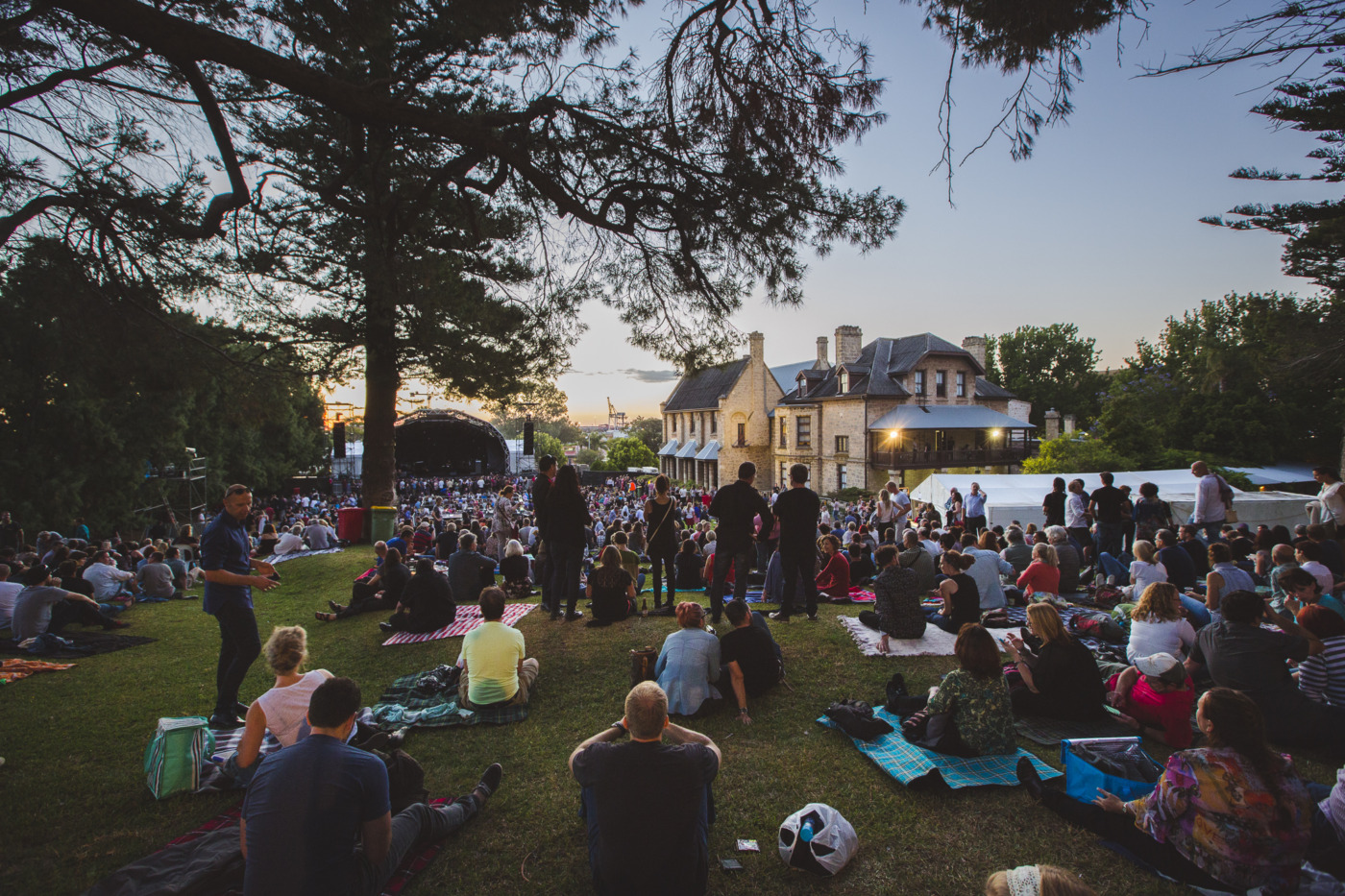Sharyn Egan is a painter, weaver and sculptor. As a member of the Stolen Generation who grew up in the New Norcia Mission School much of her artwork is a commentary on her life as a Noongar woman and the associated trauma, emotions and deep sense of loss and displacement experienced by Aboriginal people.
Never afraid of experimentation and exploration, she works in numerous media, including painting, sculpture, woven forms and site-specific installations, often choosing materials, such as ochres, resins and grasses that connect to land, especially her home near the lake system in the southern suburbs of Perth.
At the Indian Ocean Craft Triennial’s inaugural exhibition Curiosity & Rituals of the Everyday, Sharyn will present her collaborative installation What’s in a Noongar woman’s bag? Naatj Noongar yoka kooda, an exploration into the daily lives of her ancestors, using historical research and oral histories to trace the belongings found in a Noongar women’s bag in the 1800s.
How did you come up with the concept for What’s in a Noongar Woman’s Bag (Naatj Noongar yoka kooda)?
I was approached by Maggie and Jude to develop a project for IOTA 2021. I think it’s really important for Aboriginal women to have an understanding of where they came from and what life was like for their ancestors. I’m from the stolen generation, my mum is from the stolen generation and so is my grandmother.
So, this project aims to bring back a bit of knowledge about the generations before, and how life wasn’t that easy for them. They had to be prepared, organised and responsible, as they weren’t just looking out for themselves, but their whole community. In their bags, you wouldn’t find lipstick and mirrors, but objects that were essential for survival.

Sharyn Egan, What’s in a Noongar Woman’s Bag? Naatj Noongar yoka kooda 2021. Collaboration with Djidi djidi group. Gail Beck, Luana Daley, Margaret Drayton, Brenda Hill, Doris Hill, Kaye Walley, Marie Walley, Kathleen Toomath, Larissa Perry, Georgia Shuttleworth. Kangaroo skin, found objects, dimensions variable. Photography by Christophe Canato.
I understand the project was based on a list written in 1839 by the explorer Sir George Grey. How did you come across this information?
In the year 2000 I did a cultural tourism course at Fremantle TAFE, and that’s where I came across George Grey’s list. It details 23 objects typically found in a woman’s bag, with contents including a flat stone to pound roots, cakes of gum to make and mend weapons, kangaroo sinew to make spears and sew with, banksia cones or dry white fungus to kindle fire. I was really intrigued by it and always wanted to learn more about it, and I guess this project for IOTA offered the perfect opportunity to do that.
When I started to research, I came across another list by a woman named Ethel Hassell, a colonial author who lived near Albany and wrote several texts on the Noongar people of Southwest Australia. She had a pretty comprehensive list, including a few extra items, and it was written very much from the woman’s perspective, so it was a great resource for this project.
I understand you collaborated with a group of 14 Noongar women to develop this project – including taking some trips out bush to collect materials and create the kangaroo skin bags. Were there any interesting discoveries made on your travels?
Yeah most of the women were friends of mine or people I had worked with before, but we were from quite diverse Noongar groups. I invited them to come away on some trips, and there was lots of storytelling and sharing, and discussing what life was like back then.
We went up to Yued Country (New Norcia). I grew up in a mission there and so did one of the other ladies. So we talked a lot about what it would’ve been like before the Europeans settled, the landscape and the stories of our ancestors there. Speaking about our heritage while we were there, walking on the land together, collecting materials like sinew from kangaroo tails and banksia cones to kindle fire, was pretty special.
It just made us appreciate bush medicine and fixing things, and how resourceful our ancestors were. They really made excellent use of what they had in front of them, and it all came from the land. The contemporary tools are not necessarily better.
And what will the bags be made of and how will they be displayed?
They’ll be made of kangaroo skin and sinew from the kangaroo tails. They will be quite contemporary in terms of style, like a modern woman’s shoulder bag with a strap, but made from traditional materials. Each of them will contain some traditional materials a Noongar woman would’ve carried in the 1800s, so the audience can have a peek in, plus we’ll have a table with an open bag with its contents sprawled out for ease of viewing.
Curiosity and Rituals of the Everyday is showing at FAC as part of the Indian Ocean Craft Triennial from 18 Sep — 7 Nov 2021.

